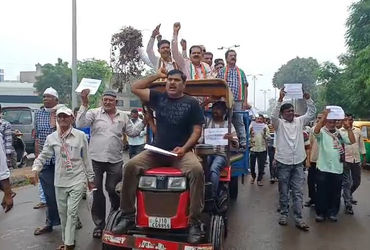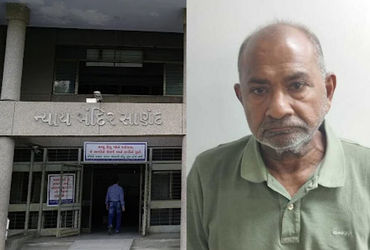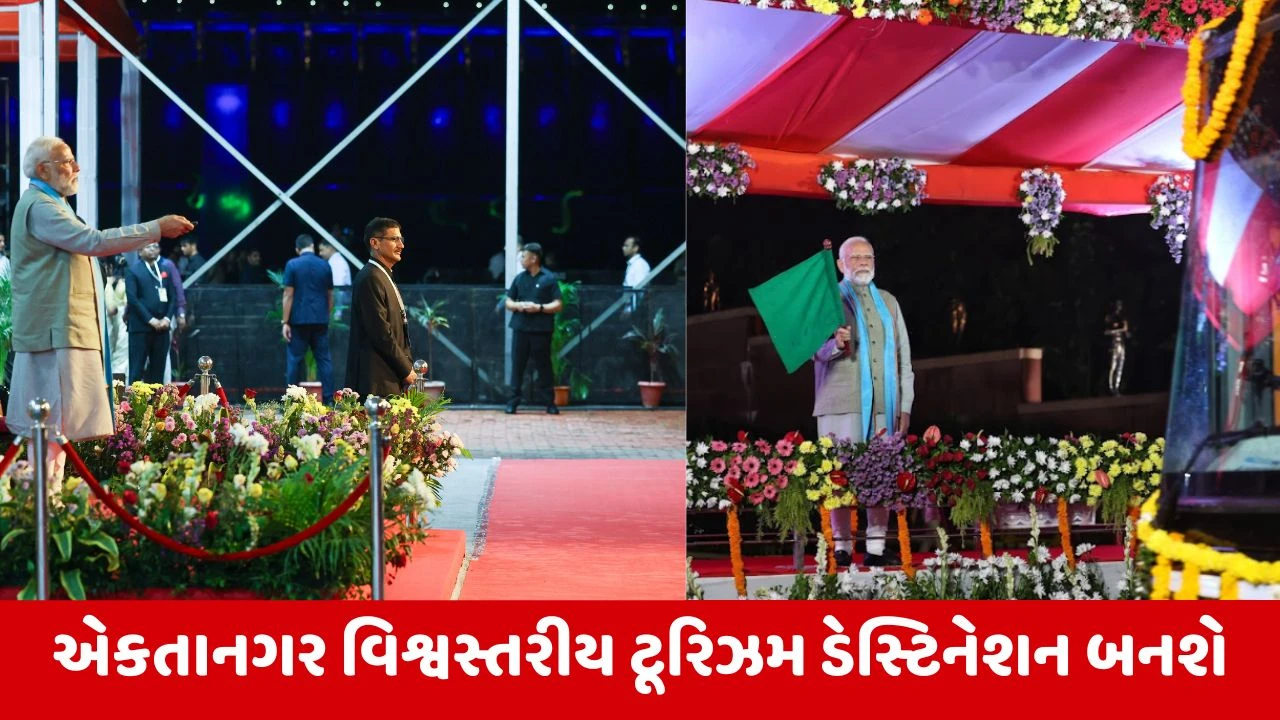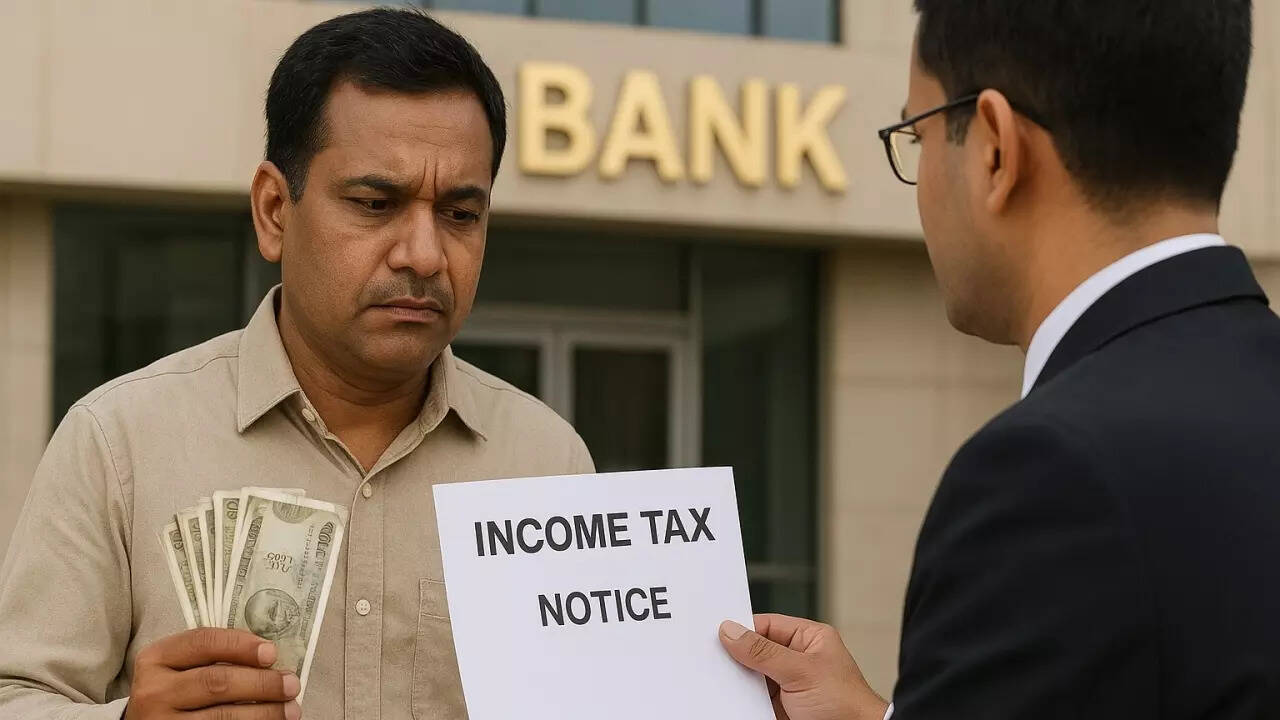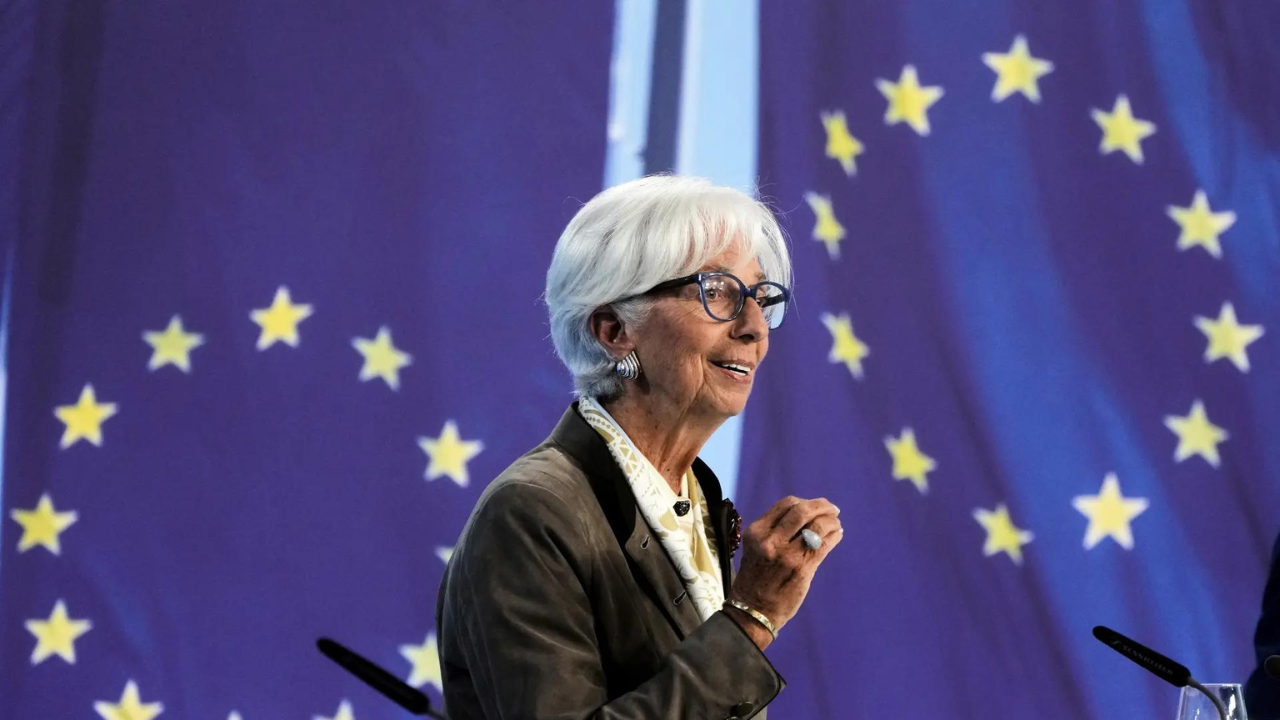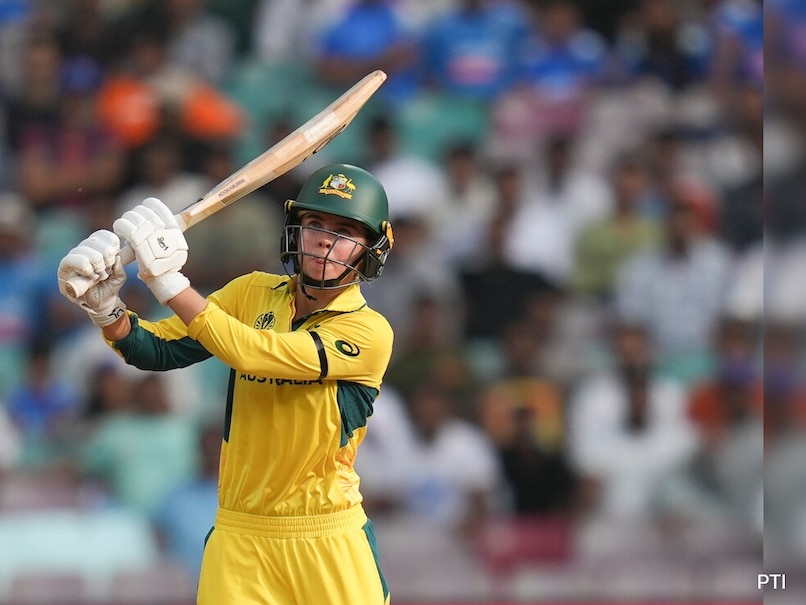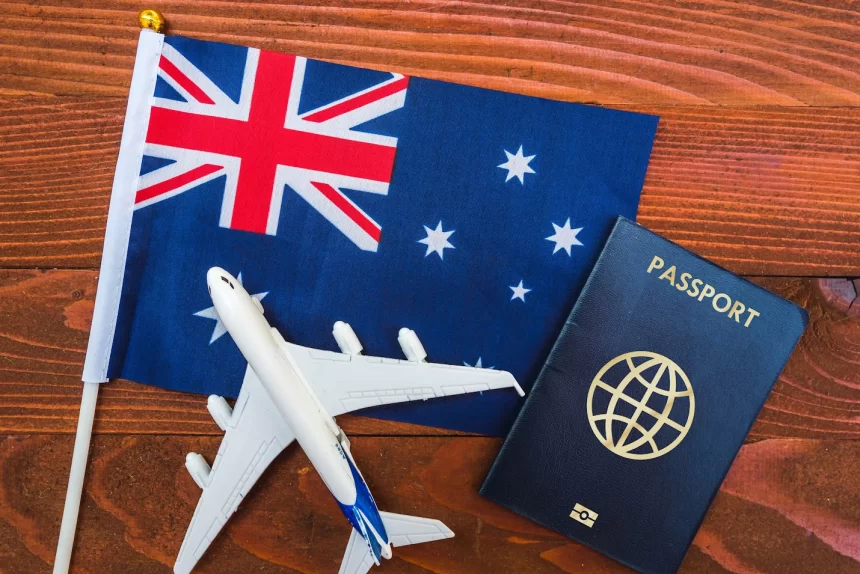South Asia’s ‘Arab Spring’ comparison is misleading but there is a lesson for India here
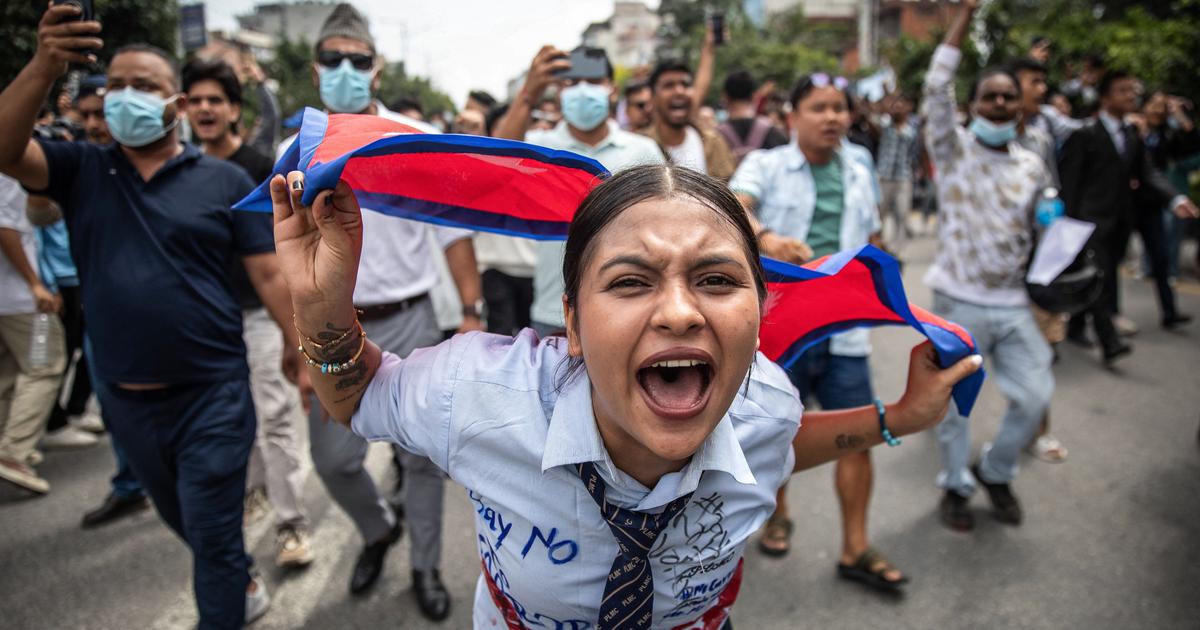
Join our WhatsApp Community to receive travel deals, free stays, and special offers!
- Join Now -
Join our WhatsApp Community to receive travel deals, free stays, and special offers!
- Join Now -

In recent months, a familiar phrase has crept into commentary about South Asia’s turmoil: a new Arab Spring. The comparison is tempting. Just as the Arab uprisings a decade ago toppled rulers in Tunisia, Egypt and Libya, South Asia has seen three regimes fall in quick succession: Sri Lanka in 2022, Bangladesh in 2024, and Nepal in 2025.
In both regions, anger at economic mismanagement, corruption, and authoritarianism fueled mass mobilisations. In both, militaries largely stood aside until rulers were ousted.
But the analogy also misleads. The Arab Spring was driven by a common aspiration for democratic transformation across borders, whereas the South Asian protests are rooted in distinct national contexts. To view them as part of one sweeping tide risks flattening their differences. Each uprising had its own catalysts, social composition, and political outcomes. If there is a common thread, it is less about a shared regional revolution than about the impatience of citizens, especially young citizens, who refuse to tolerate failing elites.
The most obvious shared factor is economic pain. Sri Lanka’s collapse of foreign reserves, crippling inflation, fuel shortages, and blackouts set the stage for a popular uprising. In Bangladesh, discontent festered over unemployment, corruption and a narrow, exclusionary growth model, with a...
Read more
What's Your Reaction?
 Like
0
Like
0
 Dislike
0
Dislike
0
 Love
0
Love
0
 Funny
0
Funny
0
 Angry
0
Angry
0
 Sad
0
Sad
0
 Wow
0
Wow
0

